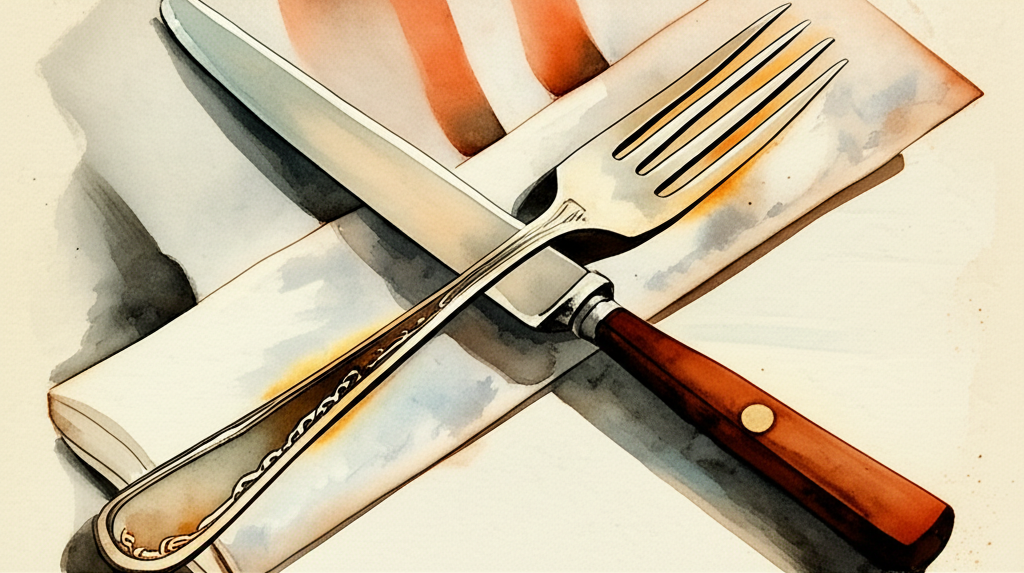
The superstition surrounding crossed knives at the table, viewed as an omen of impending quarrel or misfortune, holds a significant place in folklore and social etiquette. Its origins are intertwined with historical anxieties about witchcraft and evolving perceptions of proper behavior.
The earliest documented associations of crossed cutlery with negative omens can be traced back to the English witch hunts of the mid-seventeenth century. Reverend John Gaule, a vicar in East Anglia, addressed the issue in his 1646 book, Select Cases of Conscience Touching Witches. He cited the practice of ‘sticking of knifes acrosse’ as one of the ‘unwarrantable’ marks of witches, highlighting how such actions were used to persecute innocent women. Gaule’s motivation was to demonstrate the injustice of witch trials, particularly those orchestrated by figures like Matthew Hopkins, the self-proclaimed ‘Witchfinder General.’ Hopkins, notorious for his cruel methods, was responsible for a surge in witch hangings between 1644 and 1646. Gaule’s work played a crucial role in exposing Hopkins’s corruption and ultimately led to his downfall.
While Gaule’s account focused on the association of crossed cutlery with witchcraft accusations, the superstition evolved over time to encompass broader concerns about disharmony. By the early 18th century, the belief persisted that crossed cutlery was an unsettling occurrence, as demonstrated by a passage from The Spectator in 1711. This anecdote illustrates that even decades after the height of the witch trials, placing knives and forks in a crossed position remained a cause for concern and was deemed undesirable in polite society.
The superstition’s interpretation has continued to evolve into the modern era. Although the association with witchcraft has largely faded, the crossed cutlery superstition persists as a matter of etiquette. Placing cutlery in a crossed position, especially at the end of a meal, is now generally considered bad table manners. While it might no longer be feared as a harbinger of witchcraft, the act is still often interpreted as an indication of dissatisfaction with the meal or a provocation that could lead to a disagreement. In contemporary dining, the superstition remains a cautionary note, emphasizing the importance of mindful and considerate table manners to avoid potential offense or perceived negative implications.